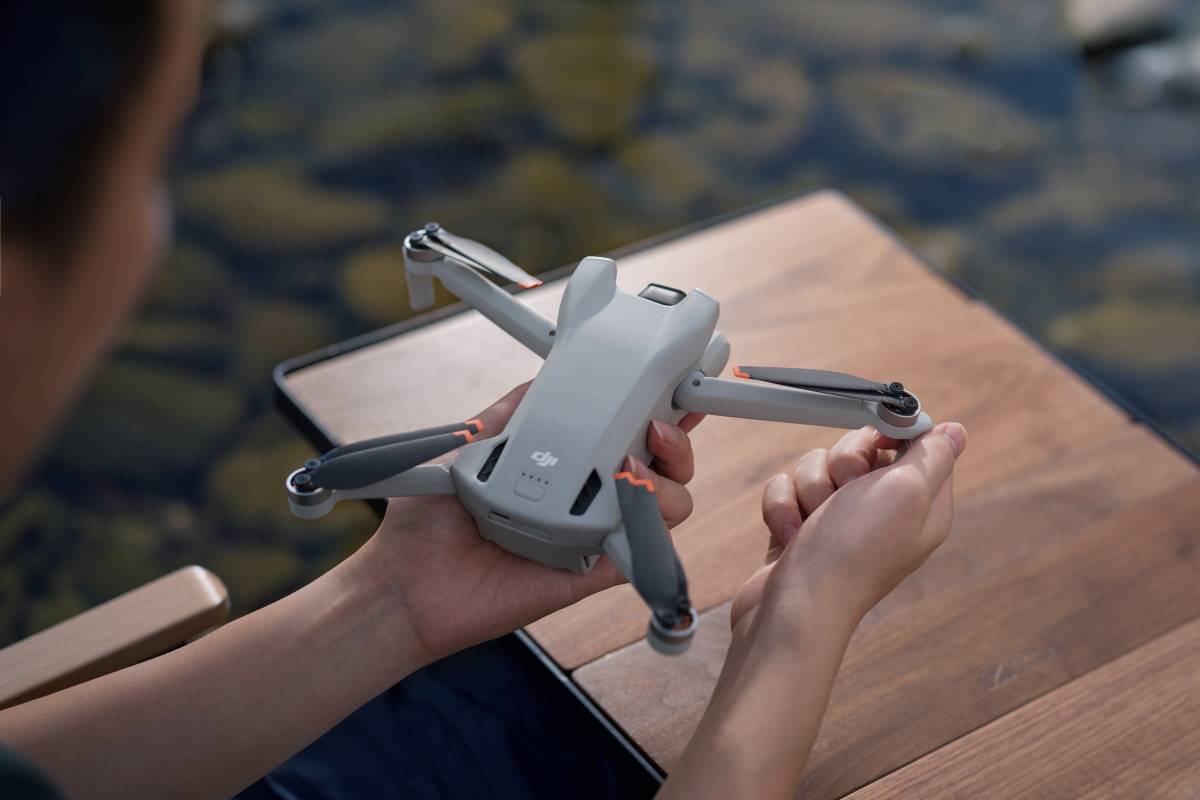
The Federal Aviation Administration (FAA) is reminding drone operators that its policy for exercising discretion in determining whether to take enforcement action for pilots who were not able to comply with the Remote ID rule will end this week on March 16. Operators who do not comply after that date could face fines and suspension or revocation of their drone pilot certificates.
Why is Remote ID necessary?
The FAA’s Remote ID rule applies to those drones that are required to be registered or have been registered with the agency, including those flown for recreation, business, or public safety, and drones that are foreign-registered.
The FAA says Remote ID is necessary to ensure the safety and security of the national airspace system by distinguishing compliant airspace users from those potentially posing a safety or security risk. Remote ID is also critical for routine advanced operations such as package delivery and flying beyond visual line of sight.
Also read: New DJI FPV drone remote controllers hit the FCC database
What should drone pilots do?
There are three ways to comply with Remote ID:
- Operate a Standard Remote ID Drone – a drone produced with built-in Remote ID broadcast capabilities
- Operate a Drone with a Remote ID Broadcast Module – a device with Remote ID broadcast capabilities that can be attached to a drone
- Operate at an FAA-Recognized Identification Area (FRIA) – areas where drones without Remote ID broadcast capabilities can operate.
Checking for compliance
- Go to the FAA UAS Declaration of Compliance website and click on “View Public DOC List”
- Filter by “RID” and “Accepted”
- Search for your drone or broadcast module
Remember, it doesn’t matter if the manufacturer is advertising a drone or broadcast module as “Remote ID ready” or similar – only those drones or broadcast modules are in compliance that are listed on the FAA DOC.
Related: Most drone makers not ready for Remote ID deadline, study shows
Updating drone registration with Remote ID information
If your drone or broadcast module is listed on the public DOC list, you need to register or update your existing drone registration through FAADroneZone to include the standard Remote ID drone or Remote ID broadcast module serial number. The Remote ID serial number is not the same as your drone’s serial number.
Since recreational pilots only need to register once and can apply that registration number to multiple aircraft, they can list one Remote ID broadcast module serial number and move the broadcast module from drone to drone as long as it is listed on the same registration.
Part 107 pilots need to register each drone individually. Therefore, each drone must have its own Standard Remote ID or Remote ID broadcast module serial number.
You can learn more about adding a Remote ID serial number to your drone’s registration here.
Also read: Dronetag releases new Remote ID module weighing just 5 grams
FTC: We use income earning auto affiliate links. More.





Comments